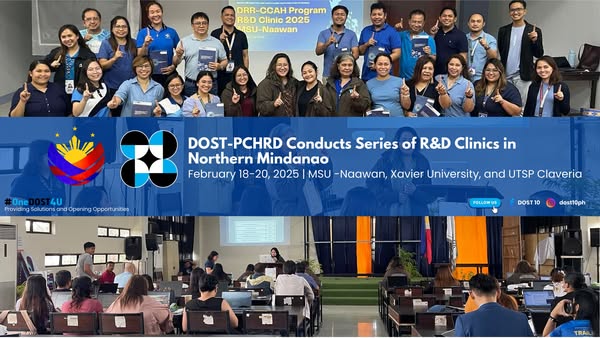Abstract
Rabbit CRP is similar to human CRP in structure, kinetics of appearance, and binding reactivities to phosphate esters and cationic polymers. CRP in rabbit acute-phase serum migrates either with gamma or with beta, pre-beta electrophoretic mobility, and distinct gamma- and beta-migrating species can be observed simultaneously in some sera. The present study shows that beta-CRP in serum is converted to gamma mobility during isolation and purification. Normal, acute-phase, or CRP-depleted acute-phase rabbit serum restores the beta mobility of purified gamma-CRP, a conversion that does not occur in the presence of EDTA. Serum CRP fails to adsorb to DEAE-cellulose but does adsorb to CM-cellulose, from which it elutes as gamma-mobility antigen. Chelation by EDTA or flotation and removal of lipoproteins from acute phase rabbit serum produces a gamma-mobility CRP that adsorbs to the anion-exchange resin. Lipid-containing fractions from ion-exchange columns as well as VLDL (but not LDL or HDL) isolated by ultracentrifugation change the mobility of purified CRP from gamma to beta, pre-beta. These changes in mobility are not observed in the presence of EDTA or phosphocholine. In acute-phase rabbit serum with CRP of both beta and gamma mobility, the beta form has a higher m.w. and is lipid-associated, whereas the gamma form is a lower m.w., lipid-poor molecule. These results suggest that in serum the association of CRP with lipoproteins, particularly VLDL, is responsible for its beta, pre-beta electrophoretic mobility. Further studies of the association of CRP with lipoprotein in relation to lipoprotein metabolism may provide insight into the biological role of CRP.
- Copyright © 1982 by American Association of Immunologists








